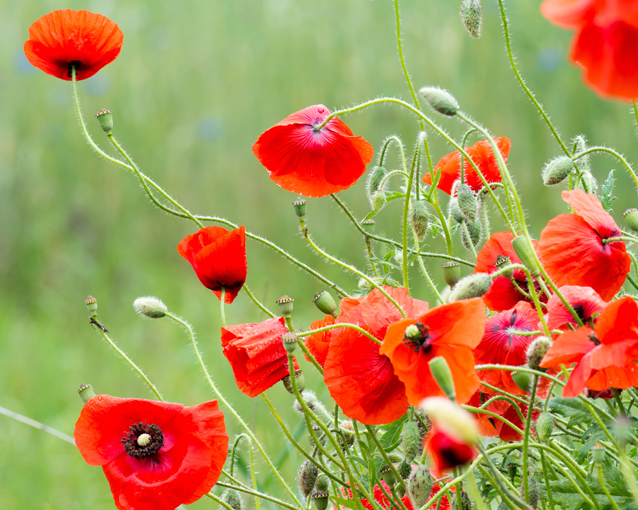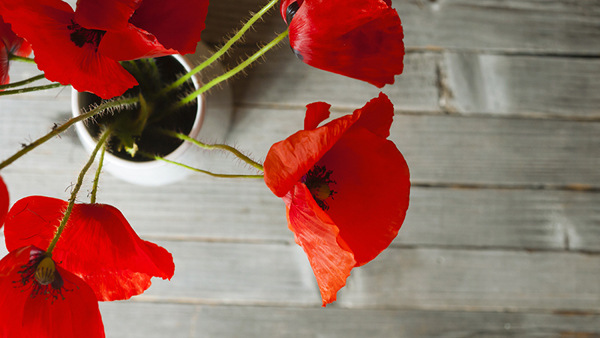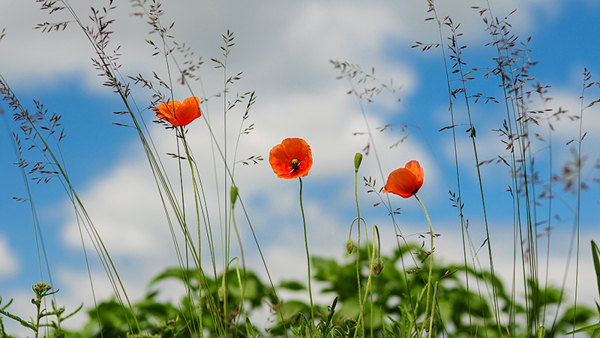Yates Account
Join now
Create a Yates account today!
Sign up to join the Yates Garden Club for monthly e-mails packed with seasonal inspiration, tips for success & exclusive promotions.
Plus if you’re a Garden Club member you can take part in the Yates Growing Community - a blog to share successes, get advice & win prizes in fun challenges along the way!

Forgot password
Enter the email address associated with your account, and we'll email you a new password.

How to grow poppies in a garden
- Choose a spot in the garden that receives full sun.
- Prepare the planting area well by digging in Yates Dynamic Lifter Organic Plant Food.
- Sow seeds directly where they are to grow by scattering them thinly on top of the soil and barely cover with some Yates Black Magic Seed Raising Mix. Firm down and water with a fine mist spray.
- Water gently and keep moist through germination period.
- Once seedlings are approximately 5 cm, thin out seedlings ensuring that they are a minimum of 20 cm apart. Mulch with an organic mulch, such as bark chips, woodchip or pea straw.
- Feed regularly with Yates Thrive Rose & Flower Granular Plant Food. TIP: For an added boost, apply Yates Thrive Roses & Flowers Liquid Plant Food.


How to grow poppies in a pot
- Choose a pot at least 200 mm wide and deep. Position in full sun and is sheltered from wind.
- Fill the chosen pots with quality potting mix, such as Yates Premium Potting Mix.
- Plant directly into the pot by scattering the seeds thinly on top of the soil, then barely cover with Yates Black Magic Seed Raising Mix. Firm down and water with a fine mist spray.
- Water gently and keep moist through germination period.
- Feed every 1 to 2 weeks with Yates Thrive Roses & Flowers Liquid Plant Food. TIP: For an added boost, apply Yates Thrive Natural Fish & Seaweed+ Plant Food Concentrate.
Poppy 'Shirley Mix'
California Poppy 'Sunshine Mix'
California Poppy 'Gold Rush'
California Poppy 'Thai Silk'
Iceland Poppy 'Artist's Glory'
Growing tips
- Select the planting site carefully, as these plants dislike root disturbances and do not transplant well.
- Great plant choice for cottage gardens.
- Varieties include:
Flanders Red or Shirley Mixed (P. rhoeas)
Spring flowering plants available in the well known red or salmon and rose pink coloured varieties. Sowing times - temperate climates sow in autumn, cool climates sow in late summer and early autumn.
Iceland Poppy (P. nudicaule)
Late winter blooms to early spring blooms that are available in shades of gold, lemon, apricot and salmon. Sowing times - temperate climates sow in mid-summer and autumn, cool climates sow in mid-summer and early autumn.
California Poppy (Eschscholzia californica)
Spring and summer flowering plants in a mix of pastels, including purple, yellow, red and orange. Sowing times - temperate climates sow in autumn and cool climates, sow in early spring.






















Share
Share this article on social media